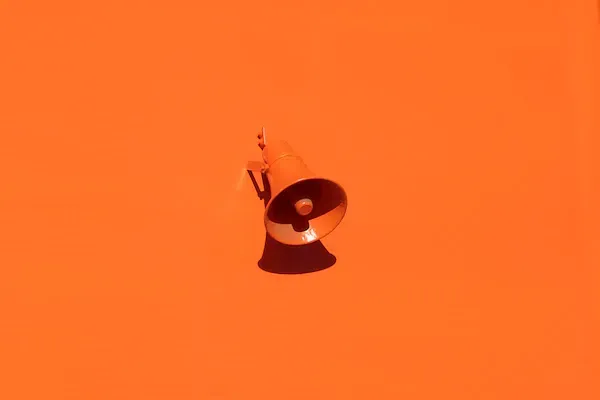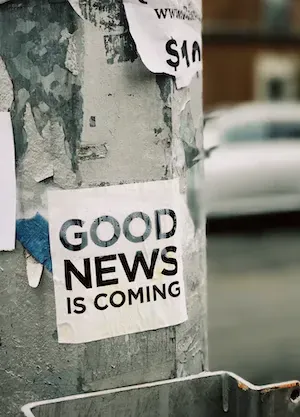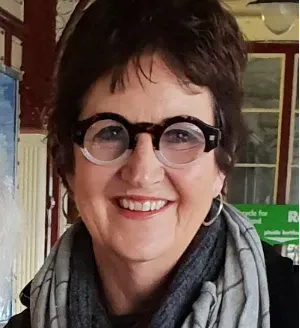The power of an e-newsletter
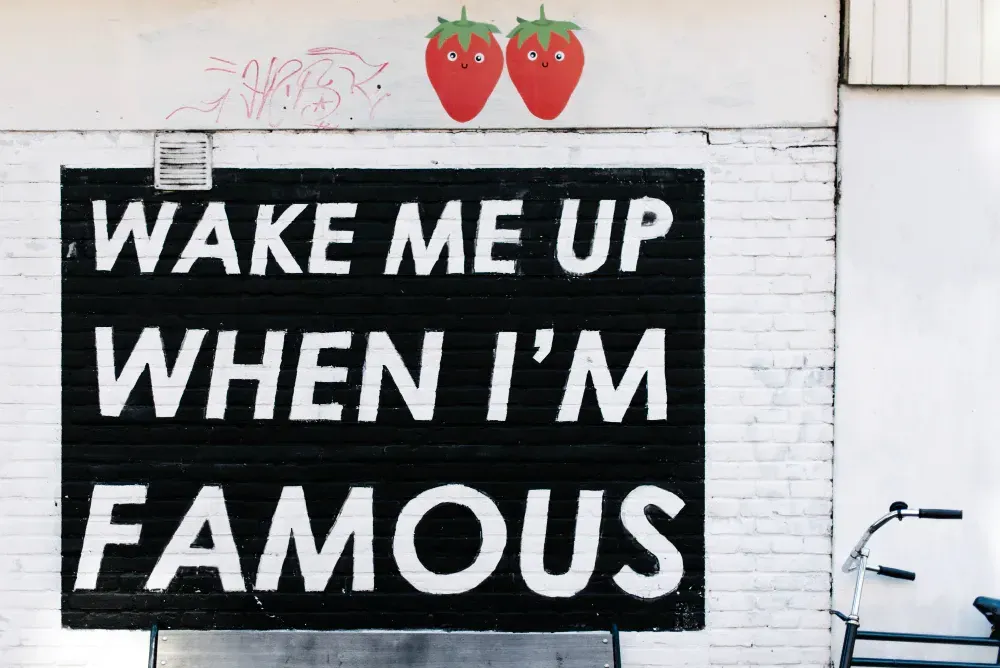
One of the main pieces of advice I hear when I talk to people about promoting yourself as an artist is to get a mailing list. That’s exactly what it sounds like - a list of people who you can contact to let them know what you’re up to. In other words: a newsletter.
I spoke to Marianne Hargreaves to get to the bottom of this. She’s been managing WORD Christchurch for ten years now. WORD Christchurch’s mailing list and newsletter is one of their main marketing tools, and Marianne is a huge fan. Here’s what she had to say about why you need a newsletter, making memorable campaigns, how to build a list, and some tips to make your newsletter more successful.
Why a newsletter?
WORD Christchurch happens every two years. That’s a long time in between events! It’s long enough for attendees to forget an event, no matter how good it is (and I’m told it is very good).
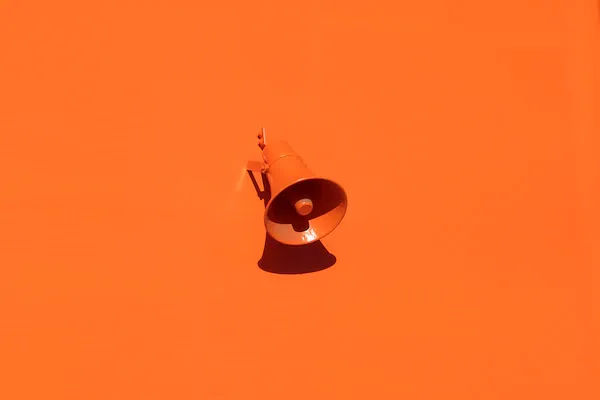
Photo by Oleg Laptev
So to counter this, Marianne’s team puts on lots of one-off events in the two years in between each festival. And that’s where the newsletter comes in. Whenever they have a one-off event, they promote it through the newsletter. Every time they do so, they immediately see a spike in ticket sales, the minute they send their newsletter out.
This happens because they have a dedicated audience. Everyone who gets that newsletter has specifically signed up to hear about events related to WORD Christchurch. This means they don’t have to try and cast a wide marketing net through things like posters and flyers, because they have access to a dedicated set of people who they know want to hear about what they have to offer.
But on top of this, there’s an even better reason to use a newsletter: it’s free! All it takes is a bit of your time, and some email marketing software like MailChimp, which is free, as long as your list has less than 2,000 people on it. My list currently has around 120 people, so trust me when I say it will take you a while to reach that threshold.
So if you’re an artist trying to make a name for yourself off the smell of an oily rag, these numbers really stack up.
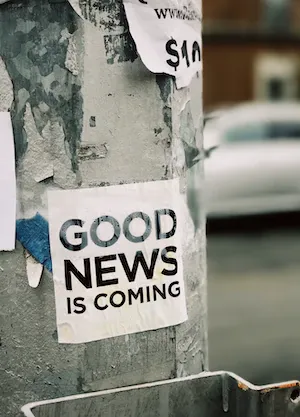
Photo by Jon Tyson
What to write?
The key is to write about things that people who you want to sell to or work with, will find appealing and memorable. That’s how WORD does so well in their newsletter - they know that the people on their mailing list are interested in writing-related events (because they went to WORD), so they send them invites to other events during the year.
So if you were, for example, an artist who put on an exhibition, and you collected email addresses at that exhibition (more on that in a second), you could use your newsletter to tell people about other exhibitions. After all, you know they are interested in your art, because they came to see it.
You could also go broader if you wanted to, and give sneak peeks of things you’re working on, people love to hear about work in the making or hear you talk about the kind of things that influence you. Just remember to think about why people signed up to hear from you - then give them that!
Building your list
There’s a bit of a catch to this, though. A newsletter is only as good as your mailing list. You need a list with a decent number of people, who are interested in what you have to say.
Marianne uses a more traditional, yet highly effective way to go about this: she sends people to WORD events with clipboards. When people are waiting in line, they get approached by someone with a clipboard and asked for their email address for the mailing list.
She also has a clipboard just out the front of events, so people can sign up as they walk by.
In other words - just ask people! It might take a bit of gumption the first couple of times, but it gets easier.
Some tips
Finally, Marianne had a few tips for good newsletters.
First of all, try to keep it visual. That makes a newsletter a lot more appealing, and easier to engage with. If you are writing articles or anything with lots of text, just put them somewhere else, and link to them. Hopefully, you have a basic website, but if not, you can make a Facebook page for your art and use that for your longer articles.
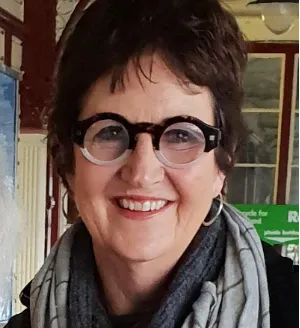
Marianne Hargreaves - photo supplied.
Also, make sure you get the basics right. If you have a website, Facebook page or some kind of online portfolio, link to it! That way, people who get your newsletter can click through and find out more, if they’re interested. This sounds obvious, but Marianne says she gets lots of newsletters from organisations who completely forget to do this.
So that’s it - the ins and outs of creating a newsletter. Now it’s time to get to work on building your list and keeping them in the loop!
